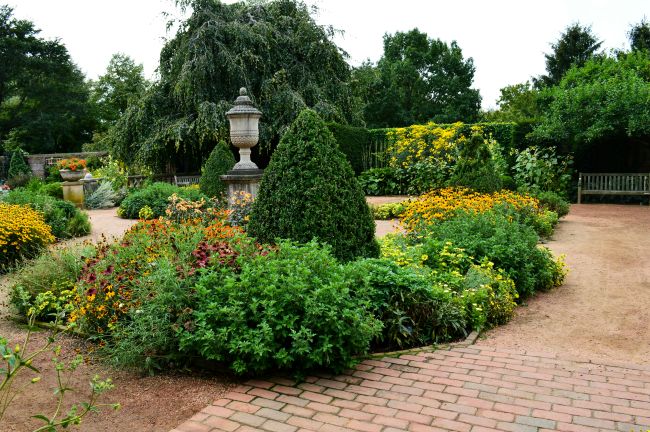Top 3 Sustainable Landscaping Ideas for Modern Homes

As modern homes become more compact and aerial, many homeowners find it hard to incorporate gardens and greenery into their space more effectively. However, landscapers are equally coming up with sustainable landscaping ideas that can work well in these modern home designs.
This way, you can still incorporate greenery and other sustainable landscaping elements into your space without too much strain on financial and labor demands. If you’re scheduling a landscaping project soon, here are the top three sustainable landscaping ideas you should consider for an all-around, successful landscaping for your modern home.
Limit the Use of Concrete
Concrete is great for designing long-lasting hardscaping elements like pavements and retaining walls. However, they can do more harm than good to the environment, especially because they take too long to degrade. Concrete pavements or retaining walls can prevent the seamless penetration of water into the ground, leading to a flood problem. They may also mix into the soil to degrade the quality of the soil, which impedes the success of your green landscaping or gardening projects.
One way you can minimize the effects of concrete in your space is by replacing concrete elements with more sustainable options where possible. For instance, instead of using concrete pavers, you can use sustainable pavers, which offer both aesthetic and water drainage benefits for your space. Consider working with experienced landscapers like Green Meadows Landscaping, who use premium sustainable materials for effective landscaping.
Use Native Plants
The best way to succeed in your gardening endeavors is to kick it off with the region’s native plants. By choosing native species that are adapted to the local climate and soil conditions, you’re making it easier for your garden and outdoor plants to flourish. This is because the native plants won’t need frequent watering, pest control measures, or additional fertilizer to help them survive. Planting native plants is also good for the ecosystem, as they easily attract birds, butterflies, and bees for various ecological benefits.
Before planting a garden, research the local plants that perform best in your area and include them in your landscaping plans. This way, you’re able to create a more resilient environment that survives even the worst weather seasons.
Adopt Various Water Conservation Techniques
As an enthusiastic gardener and landscaper, you may not think so much about water conservation, as your focus remains on achieving a green space. While a green, healthy yard is an excellent landscaping goal to set, it shouldn’t be at the expense of your water usage goals. Water remains a precious resource that should be conserved, which is why your landscape design should incorporate practical water conservation techniques.
You can conserve water by installing a drip irrigation system for efficient use of water if you’re irrigating plants in your yard. Also, consider constructing rain barrels for collecting and storing rainwater for irrigation, especially if your region experiences longer dry months than wet ones. What’s more, you can mulch your plants to conserve some soil moisture and protect your young plants from the harsh direct sunlight hitting their roots.
Modern landscaping projects need to focus on sustainability to be able to curb the rising global carbon footprint. By implementing these three sustainable landscaping ideas, you can help improve the state of the environment in your small but significant way.


